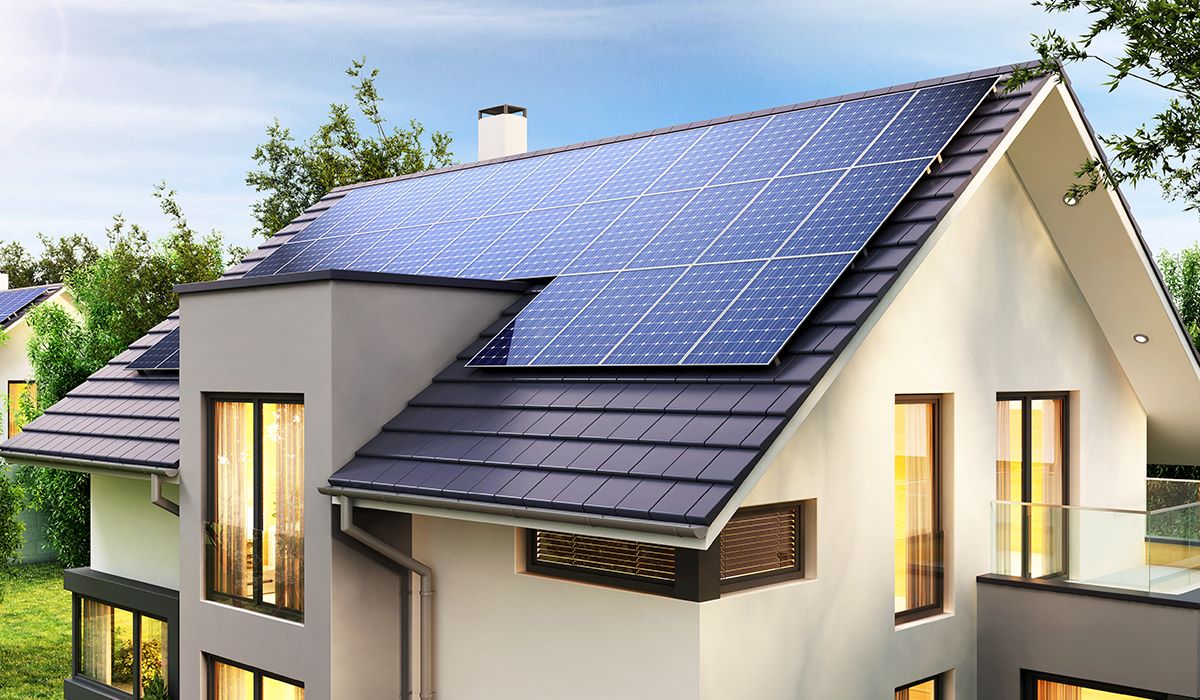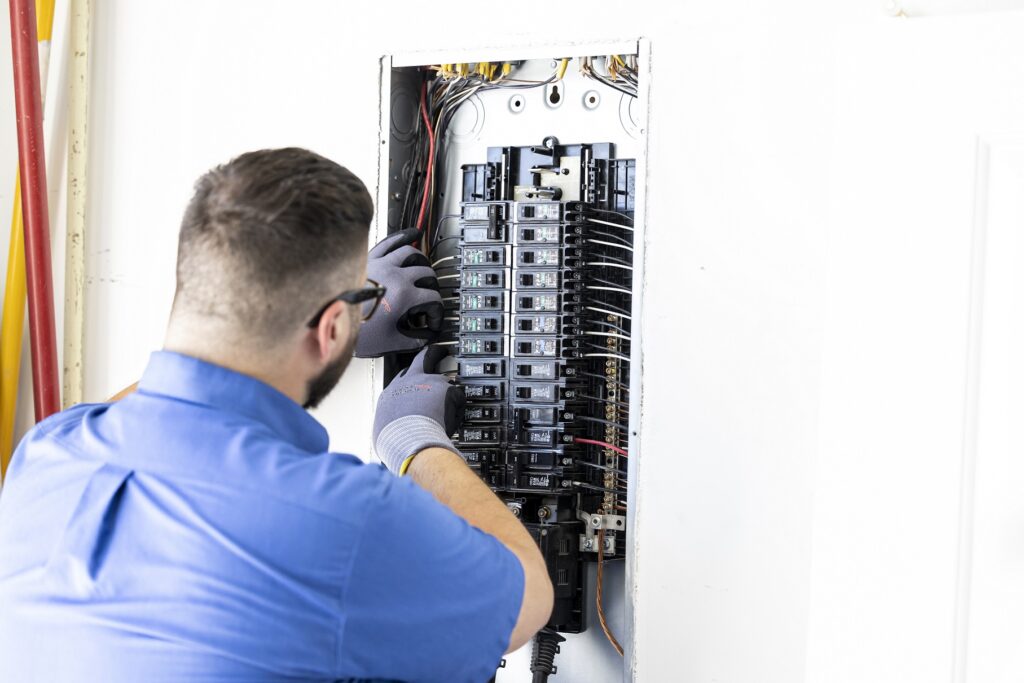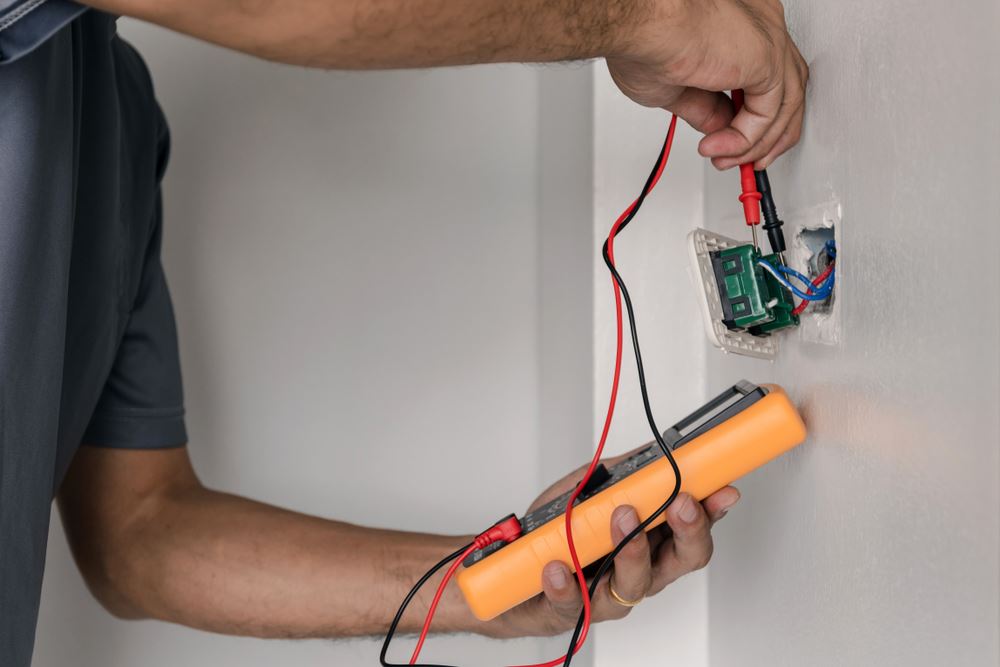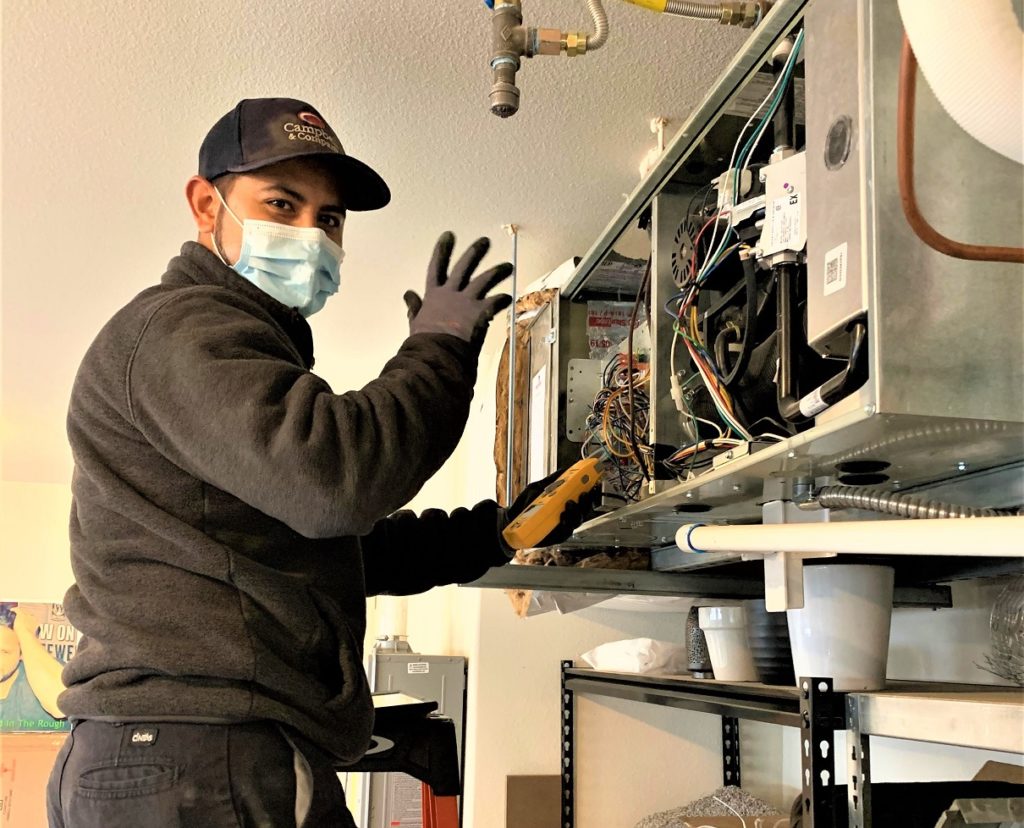Blog
Do Solar Panels Work in Ellensburg Winters? Here's What You Need to Know

"It's cold, snowy, and the days are short. Do solar panels really work here in the winter?" That’s a question we hear often from Ellensburg homeowners. Given our climate, it’s a valid concern.
Ellensburg winters come with challenges: average lows around 22 degrees, roughly 28 inches of snow per year, and just 8.5 to 9 hours of daylight in December. Cloud cover can stretch on for days. But here’s the good news. Solar panels do still work in the winter. While you’ll see lower energy production than in the sunny summer months, your system will continue to generate power and provide long-term benefits year-round.
At Campbell, we’ve served Ellensburg and the greater Kittitas Valley since 1983. We understand the region’s unique energy needs and how solar can work in harmony with a whole-home efficiency strategy. If you’re curious about solar performance in colder months, here’s what you need to know.
How Solar Panels Work in Colder Temperatures
Cold Weather Efficiency
One of the more surprising facts about solar panels is that they become more efficient in cooler temperatures. That’s right. Heat can reduce a panel’s ability to convert sunlight into electricity. On clear, cold Ellensburg winter days, panels may operate at higher efficiency than they do in the summer.
Think of it like your car battery. Extreme heat can degrade its performance, but a cold, crisp morning often delivers peak function. Solar panels behave similarly, provided there’s enough sunlight available.
Sunlight is Key, Not Just Heat
Solar panels don’t need warmth to produce electricity. They use light, specifically photons from the sun, to generate power. Even on cloudy days, diffused light can still reach the panels and keep them working. Production levels may be lower on heavily overcast or snow-covered days, but they typically do not drop to zero.
Winter days might not be high-output days, but solar systems are still producing electricity, just at a reduced level.
How To Maintain and Improve the Efficacy of Solar Panels
Routine Maintenance
Regular Cleaning
Dust, bird droppings, fall leaves, and even agricultural debris can reduce solar output significantly. Studies show up to 25 to 30 percent energy loss from heavily soiled panels. While Ellensburg sees decent rainfall, it isn’t always enough to wash away stubborn grime.
As a rule, panels should be cleaned twice a year. Late fall and early spring are ideal. However, in rural or farming areas, or if your home is near construction or windblown dust, quarterly cleaning may be a better fit.
Visual Inspections
A monthly or seasonal walkaround can help spot broken glass, wiring damage, or physical obstructions before they impact your system’s performance. You don’t need to climb on the roof. Just keep an eye out from the ground or with a pair of binoculars.
Professional Maintenance
Annual or biannual checkups from a licensed solar or HVAC technician go deeper. These inspections ensure electrical connections are tight, inverters are operating correctly, and the system is functioning safely. Many manufacturer warranties require proof of professional service to remain valid.
Optimizing Performance and Efficacy
Minimize Shading
Shadows cast by trees, nearby structures, or even roof fixtures can cut into your system’s performance. One shaded panel can impact the output of all connected panels in that circuit. Seasonal tree trimming and mindful placement of future additions to your property can make a difference.
Proper Orientation and Tilt
In Ellensburg, panels should generally face south with an angle that aligns with the sun’s winter arc. This setup captures the most direct sunlight possible during shorter days and lower sun angles.
Monitor System Performance
Use your solar monitoring software or app to track daily and monthly production. A sudden dip can signal an issue with your inverter, a shaded panel, or a maintenance need. Knowing your system’s average output will help you catch problems early.
Ensure Proper Ventilation
Though cold weather aids efficiency, panels still need airflow to avoid overheating on sunny days. Mounting systems should leave room between the panels and roof to allow air to circulate.
Invest in Home Efficiency Upgrades
Improving insulation, sealing ductwork, and using smart thermostats reduce your home’s energy needs. That means your solar power goes further, especially on lower-output winter days.
Keep the Inverter Maintained
The inverter is the brain of your solar system. It transforms direct current (DC) from your panels into usable alternating current (AC) for your home. An underperforming inverter can bottleneck your entire system. Regular professional checks ensure it's working at peak capacity.
Call Campbell When You’re Ready to Install Solar Panels on Your Ellensburg Home
Installing solar in Ellensburg is a smart move when it’s done right. At Campbell, we begin every project with a full home energy evaluation. We don’t just bolt panels to your roof and walk away. Our approach ensures your solar system complements your existing heating and electrical setup and is optimized for year-round performance in Kittitas Valley conditions.
Whether you want to cut utility costs, reduce your carbon footprint, or simply learn if solar is a good fit for your home, we’re here to help you make a well-informed decision. Our team is experienced, local, and focused on long-term energy solutions.
If you’re ready to explore solar panels during winter or any time of year, call Campbell today. We’ll walk you through the process and show you how solar can work for your Ellensburg home, rain, snow, or shine.



